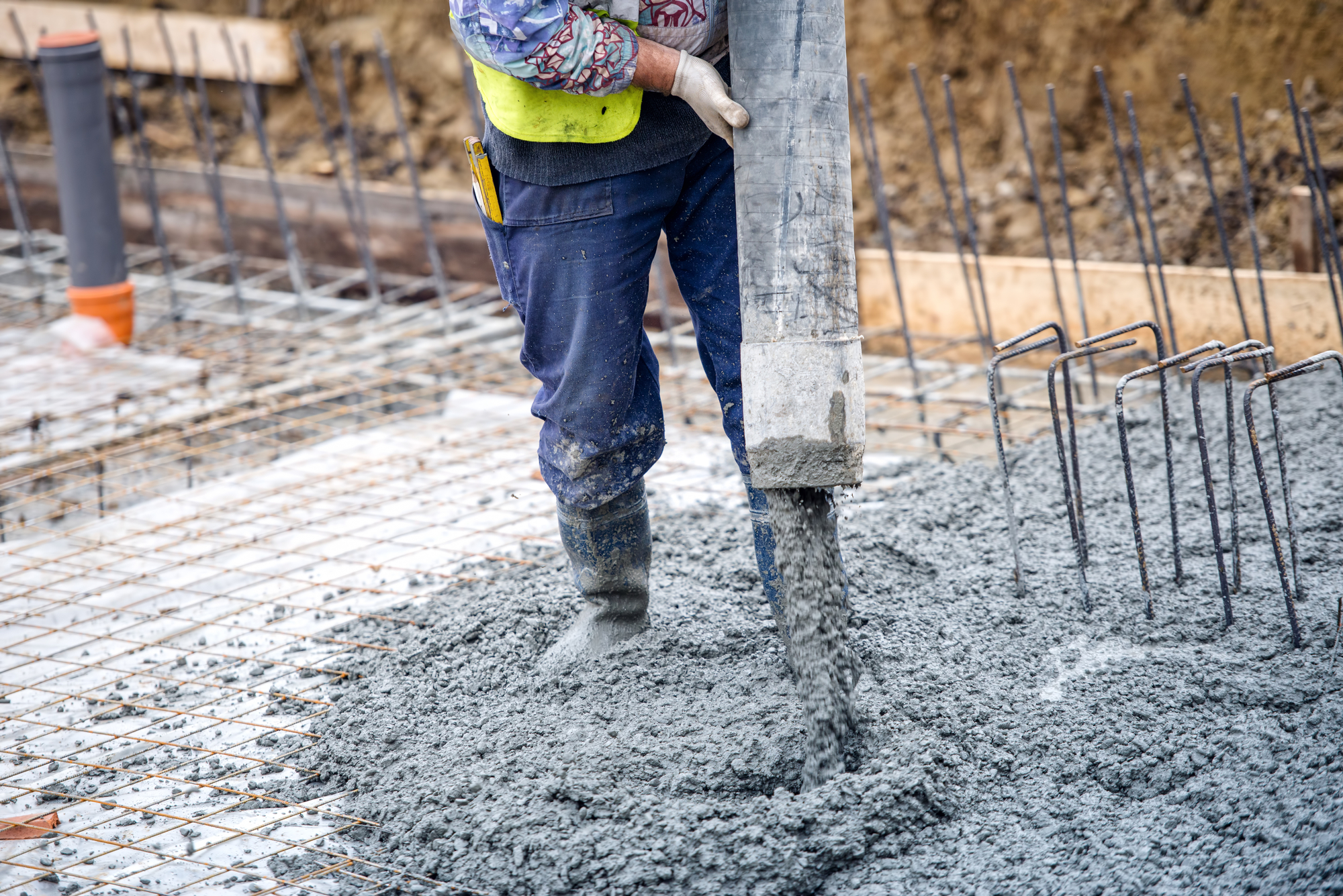Navigating Cold Weather Concrete Work: Strategies and Tactics for Success.
In construction, cold weather doesn’t have to freeze your concrete plans. Cold Weather Concrete work requires strategic planning and execution. To ensure success, follow these essential strategies and tactics for cold-weather concrete pouring.
Here are some helpful Cold Weather Concrete Strategies:
-
Optimizing Mix for Cold Weather Concrete
Concrete pouring in cold weather demands special attention. Cold Weather Concrete takes longer to gain strength due to slower hydration rates. Use heaters or insulating blankets to maintain proper curing temperatures. Incorporate a higher early power mix to compensate for the slower rate of hydration.
2. Enhancing Freeze-Thaw Resistance
To bolster freeze-thaw resistance, utilize air-entraining agents. These additives create microscopic air bubbles, allowing concrete to expand and contract without cracking. Accelerating admixtures expedites curing, making them invaluable in colder climates or tight construction schedules.
3. Selecting the Right Aggregate
The type and size of aggregate play a crucial role. Smaller aggregates reduce bleeding and segregation risks, while high-density aggregates help retain heat in the mix.
4. Careful Mixing Process
Regardless of water temperature, regulate the concrete mix carefully. Avoid hot water as it can lead to premature cement setting. Proper stirring is vital, ensuring a uniform mix without weak spots.
5. Managing Mix Consistency
In cold weather, maintain a lower slump mix to reduce bleeding and segregation risks. However, the mixture must remain workable for proper placement and finishing.
6. Adapting Concrete Specifications
Cold weather concrete specifications differ from standard conditions. Opt for higher cement content, a lower water-cement ratio, and a reduced slump.
Critical Steps for Cold Weather Concrete Pouring
-
Weather Considerations
Avoid pouring concrete when the ground is frozen, or temperatures are below five degrees Celsius. Blankets or insulation are essential for retaining necessary temperatures.
-
Site Preparation
Prepare the site meticulously, removing snow or ice, ensuring level ground, and providing drainage to prevent water accumulation.
-
Thermal Blankets and Insulation
Utilize thermal blankets and insulation to protect freshly poured concrete from the cold. Plan for longer curing times or pour concrete in smaller sections for adequate protection and curing.
-
Effective Communication
Ensure clear communication among all team members regarding specific requirements for cold-weather concrete work.
Keep cold weather from putting your concrete project on ice. Cold-weather concrete work can proceed smoothly with the right strategies and tactics. For specialized cold-weather concrete services, contact our team of experts today!
Prepare the site with all necessary equipment, which must be readily available. Remove snow or ice from the area, ensuring the ground is level and providing adequate drainage to prevent water from accumulating around the concrete. To maintain the concrete’s temperature during the pouring and curing processes, use heating equipment and ensure it is in working order.
Thermal blankets and insulation can protect freshly poured concrete from the cold weather. These materials should be prepared and stored in a dry place to ensure they are in good condition. Pouring concrete in cold weather can take longer than usual, so planning for the extra time is essential. Adjusting the project schedule to allow for longer curing times or pouring concrete in smaller sections ensures that each section can be adequately protected and cured.
Good communication is vital when pouring concrete in cold weather. All construction team members should know the specific requirements and be prepared to adjust their work accordingly.
Having the right contacts for concrete work and services is essential to ensuring your project is executed safely and effectively. Keep the cold weather from slowing down your concrete pouring project.
Contact our team of experts for specialized cold-weather concrete services today!



